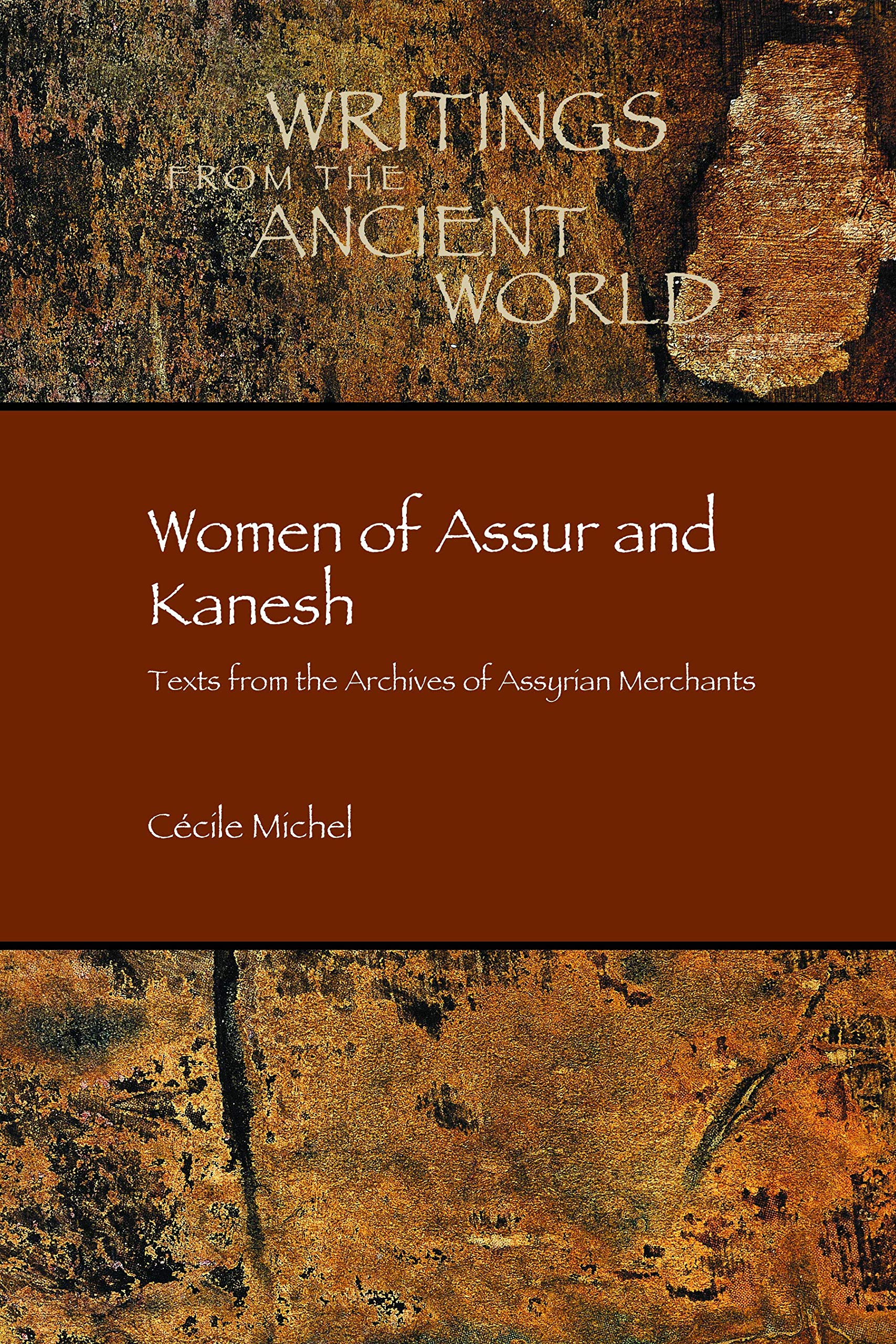


Books in series

Letters from Ancient Egypt. Society of Biblical Literature Writing from the Ancient World Series Volume 1
1990

Hittite Myths
1990

Letters from Early Mesopotamia
1993

Texts from the Amarna Period in Egypt
1336

Law Collections from Mesopotamia and Asia Minor
1995

Hittite Diplomatic Texts
1995

Ugaritic Narrative Poetry
1997

Hittite Prayers
2002

Ancient Aramaic and Hebrew Letters
1994

Texts from the Pyramid Age
2005

Nuzi Texts and Their Uses as Historical Evidence
2010

Mesopotamian Chronicles
2004

Epics of Sumerian Kings
The Matter of Aratta
2100

Biographical Texts from Ramessid Egypt
2007

The Ahhiyawa Texts
2011

Iron Age Hieroglyphic Luwian Inscriptions
2012

The Great Name
Ancient Egyptian Royal Titulary
2013

Neo-Babylonian Trial Records
2014

Sourcebook for Ancient Mesopotamian Medicine
2014

The Witchcraft Series Maqlû
2015

The Ancient Egyptian Pyramid Texts
2100

The Ancient Egyptian Netherworld Books
2017

Hittite Local Cults
2018

Prophets and Prophecy in the Ancient Near East
2003

Women of Assur and Kanesh
Texts from the Archives of Assyrian Merchants
2020
Authors

Also credited as: Colleen Manassa, Colleen Darnell, John and Colleen Darnell Dr. Colleen Darnell is an American Egyptologist known for her Instagram account Vintage Egyptologist as well as a YouTube channel of the same name that she runs with her husband and fellow Egyptologist John Darnell. She has made numerous contributions and discoveries to the study of Egyptian history and has appeared in documentaries as an expert of the field, including on the Discovery Channel, History Channel, National Geographic, the Science Channel, and Smithsonian, as well as appeared in National Geographic’s “Lost Treasures of Egypt.” Colleen teaches art history at the University of Hartford and Naugatuck Valley Community College; she has curated a major museum exhibit on Egyptian revival art and design at the Yale Peabody Museum.
James P. Allen (Ph. D., Univ. of Chicago, 1981), Wilbour Prof. of Egyptology, Brown University, has published extensively on ancient Egyptian language, religion, and history. Allen, James P., 1945-, Library of Congress Authorities

Associate Professor of Bible and chair of the Robert M. Beren Department of Jewish Studies at Yeshiva University in New York. An Assyriologist and biblical scholar, his publications address Mesopotamian law and religious literature and their relationships to biblical and postbiblical writings. He is the author of Neo-Babylonian Court Procedure (Brill, 2009).